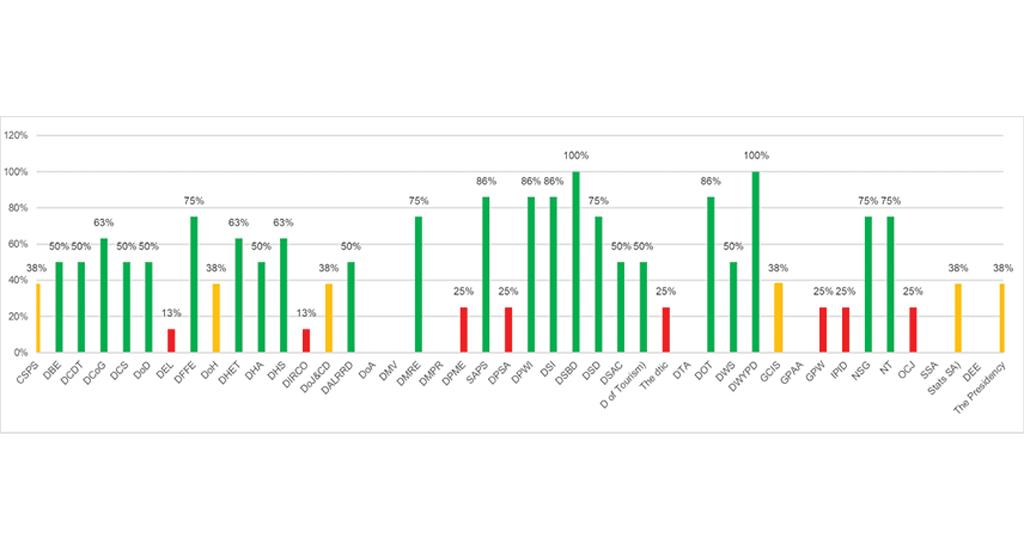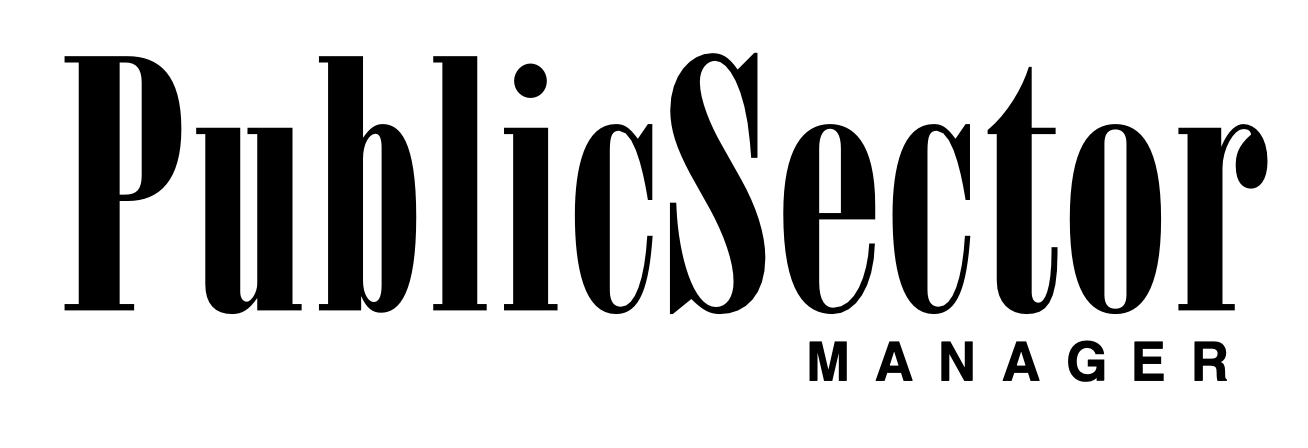Institutionalising women, youth and persons with disabilities' inclusion

Five years after adopting the Gender-Responsive Planning, Budgeting, Monitoring, Evaluation and Auditing Framework (GRPBMEAF), South Africa stands at a crossroads. The promise of full institutionalisation of women, youth and persons with disabilities (WYPD) priorities into every plan, budget and accountability process is still unevenly realised.
The current performance data tells two stories: one of institutions demonstrating measurable commitment and another of inconsistent or minimal application of the framework. The gap between the two reveals that the framework is effective where there is strong leadership, sufficient capacity and clear accountability. However, it is struggling to take root where these conditions are absent. In some cases, weak performance is due to non-submission or poor-quality reporting, underscoring administrative issues rather than a total absence of mainstreaming.
Why the GRPBMEAF matters
The GRPBMEAF is more than a compliance tool; it serves as a structural blueprint for mainstreaming inclusion of WYPD priorities within governance. The ten interconnected pillars - from national and institutional planning, responsive budgeting and policy alignment to legislation, capacity building and performance management - are designed to ensure that WYPD priorities are embedded as standard practice across the public sector.
When implemented with rigour, these pillars align budgets and resources with equity outcomes, enabling inclusive economic growth, targeted empowerment programmes and public services designed for universal access. The framework also repositions South Africa as a global leader in gender-responsive governance, reclaiming its early leadership from the 1990s.
National department performance
National departments show a wide performance gap. The Department of Women, Youth and Persons with Disabilities (DWYPD) and the Department of Small Business Development achieved full reporting compliance, reflecting both mandate alignment and leadership commitment. The departments of Employment and Labour, and International Relations and Cooperation recorded 13% submission, signalling systemic accountability and prioritisation gaps.
Across the GRPBMEAF pillars:
Country and institutional planning (Pillars 1 & 2) improved steadily, with institutional planning reaching 70% in the eighth report.
Policy priorities (Pillar 3), monitoring and auditing (Pillar 5), and other systems integration (Pillar 7) saw declines, suggesting difficulties in sustaining transformation.
Performance management (Pillar 9) is improving, yet capacity building and advocacy (Pillar 10) remain at just above 50%.
Provincial performance
All nine provinces participated in the GRPBMEAF reporting, but results are uneven. Gauteng leads with 100% reporting, KwaZulu-Natal and the Western Cape at 88%, Limpopo and Mpumalanga achieved around 75%, while the Free State lags at 38%, risking further marginalisation of WYPD in provincial governance.
Better-performing provinces combine political will with strong administrative coordination, ensuring consistent integration of WYPD priorities into strategic plans and budgets. They show a more balanced performance across pillars, supported by effective data systems and responsive budget frameworks.
Provinces with weaker results often struggle due to fragmented planning systems, limited gender-disaggregated data, and inconsistent gender-responsive practices leading to uneven progress on transformation targets.
SOEs and local government
While reporting focuses on national and provincial performance, State-Owned Entities (SOEs) and local government remain critical blind spots. Many SOEs have minimal engagement with the GRPBMEAF and municipal integration has not yet reached a consistent standard.
Given their substantial budgets and influence on service delivery, mainstreaming WYPD priorities in these sectors is non-negotiable. The next phase will prioritise targeted technical support, enforcement mechanisms and leadership engagement to close this gap.
Proof it works
Where leadership, political will and technical capacity converge, the framework delivers results. The DWYPD’s 100% compliance, paired with ongoing capacity-building support, has driven wider adoption across government. Gauteng and KwaZulu-Natal demonstrate that full integration of WYPD priorities can be achieved without compromising other mandates.
Successes lead to improved data quality, better budget alignment to and enhanced service delivery for WYPD.
The cost of delay
Notwithstanding successes achieved, uneven performance across institutions highlights structural weaknesses due to weak planning and prioritisation of WYPD in core programmes, poor quality or absent disaggregated data and limited technical capacity and inconsistent application of the GRPBMEAF.
If unresolved, these gaps will hinder transformation goals, perpetuate poverty, inequality and unemployment as well as reduce the credibility of South Africa’s commitments on both domestic and global platforms.
The road ahead
The past five years have proven that institutionalising WYPD priorities is effective when leadership, capacity and accountability align. Where these conditions exist, results are visible. However, many institutions lag behind resulting in the framework becoming mere compliance without systematic change.
The gaps can be reduced through:
Institutionalising compliance as a non-negotiable standard embedding WYPD responsiveness into strategic plans, budgets and performance agreements.
Investing in capacity and data systems, enabling all institutions to produce, analyse and apply gender-disaggregated evidence in decision-making.
Enforcing accountability mechanisms, rewarding better performance and addressing persistent underperformance decisively.
Future reporting cycles must demonstrate structural integration of the GRPBMEAF into government operations. The framework can become a governance discipline, influencing resource allocation and policy outcomes. With urgency and intent, the framework can shift from partial adoption to full institutionalisation, transforming governance and delivering tangible change for WYPD. ❖


